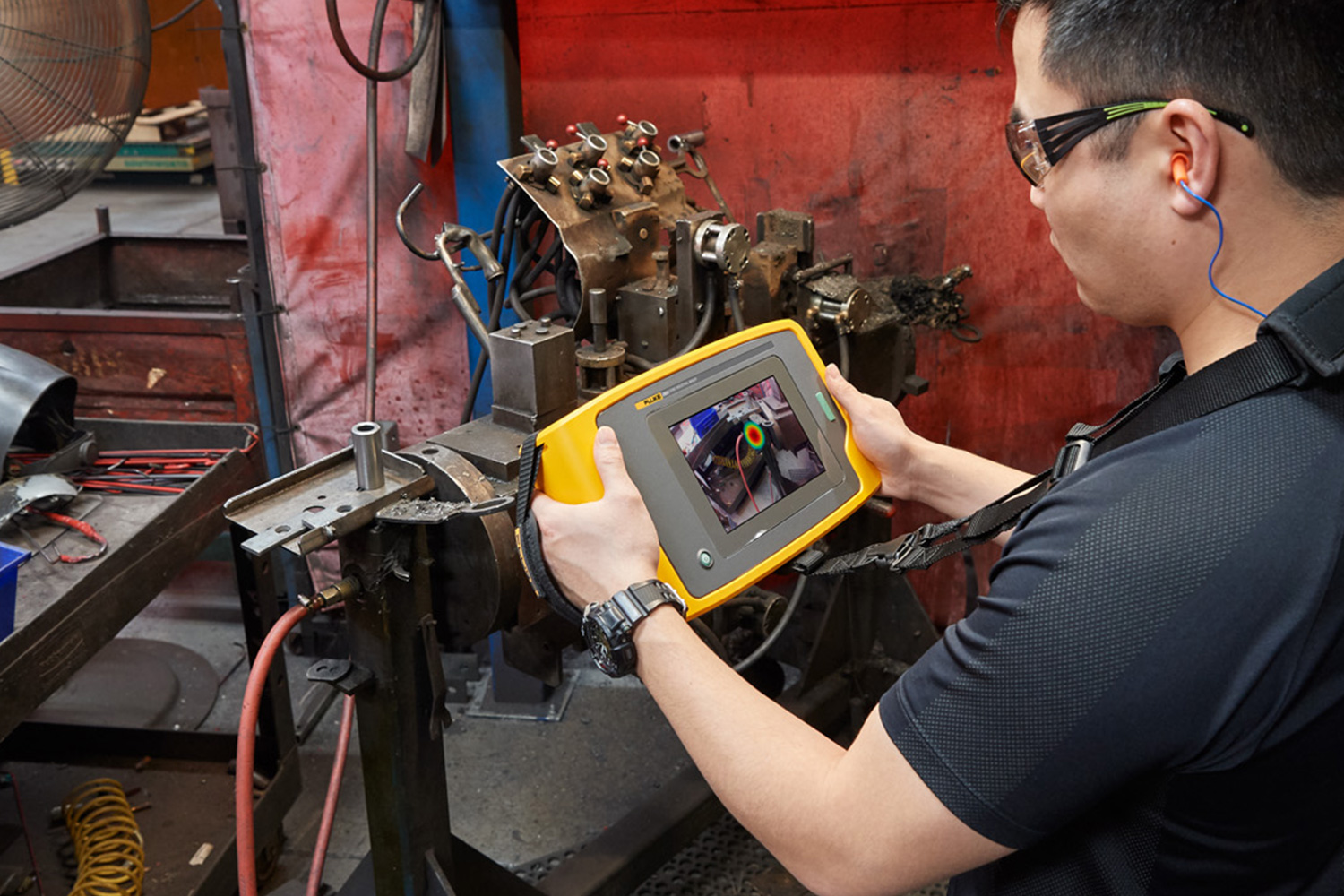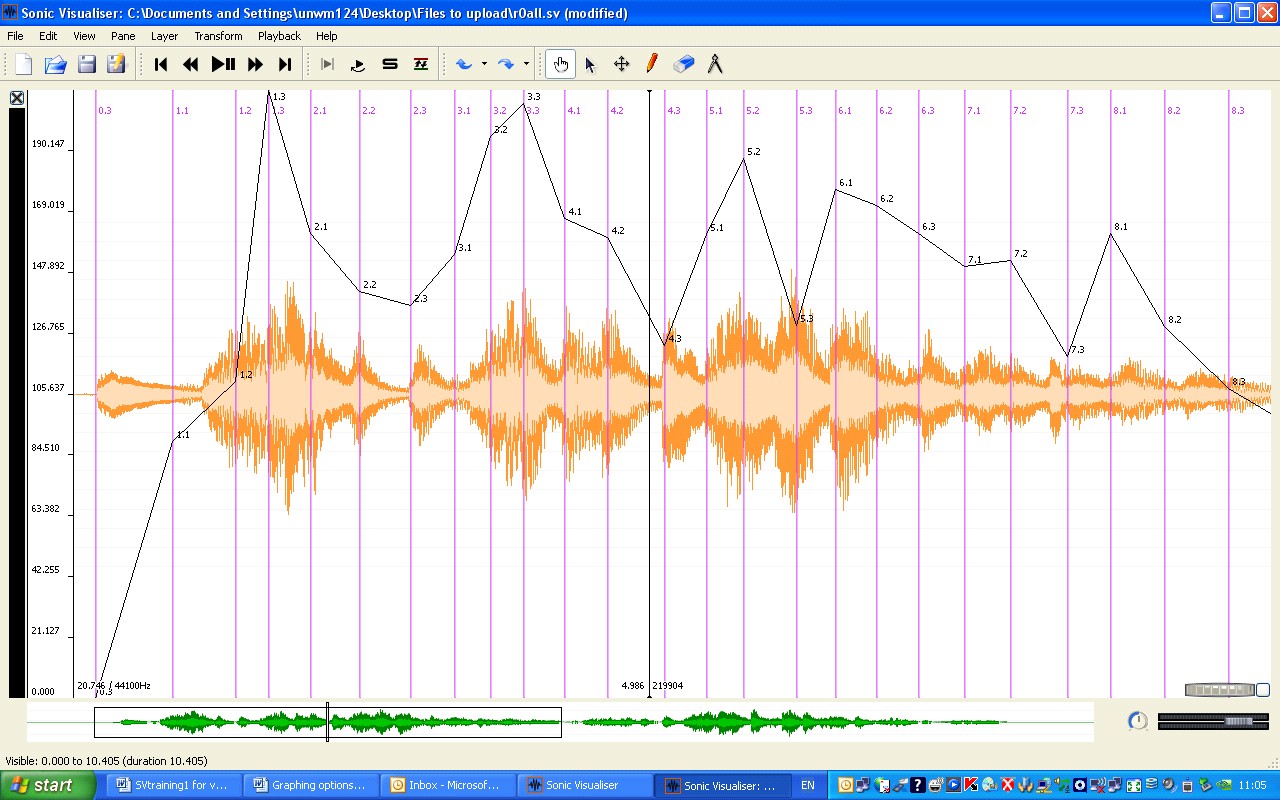

- #ISOLATE SOUND IN SONIC VISUALISER HOW TO#
- #ISOLATE SOUND IN SONIC VISUALISER SOFTWARE#
- #ISOLATE SOUND IN SONIC VISUALISER PROFESSIONAL#
- #ISOLATE SOUND IN SONIC VISUALISER DOWNLOAD#
In one month (March 2012) Yanno has had 7637 views, and since its launch in early 2012 it has analysed 3236 distinct Youtube videos with currently 2800 hits/month (Website statistics, Jan-Jun 2013). One school enthusiastically forwarded details to a music education network, leading to significant interest in the service. Teachers and students gave very positive feedback (verbally and by email) and the tool was subsequently used in classroom teaching in our partner schools.
#ISOLATE SOUND IN SONIC VISUALISER HOW TO#
Its development was underpinned by observational research on how to achieve the strongest impact in the high-school music classroom, and uses Mauch & Dixon’s chord analysis plugin. The “Yanno” system, above, is a re-purposing of SV-based VAMP API technology into a web service for music teaching in schools. Repurposing Sonic Visualiser technologies for Schools: Yanno Results of analyses can be exported via email, allowing readers the possibility to further employ their analyses in different setting (but without the audio for copyright reasons). Once some legacy technology issues are dealt with, it is anticipated to be deployed on the computers equipped with the British Library Sound Server, allowing any reader the possibility to use SV for playback, analyses, and visualisations. BL has also approved its installation in BL reading rooms. It is currently available to BL staff members and Edison Fellows. Sonic Visualiser (SV) in the British Library (BL)Ī special version of SV, Sonic Visualiser Library Edition, has been developed with specific evidence-based adaptations both for the workflow of musicologists, and to satisfy strict BL requirements, such as no export of audio (for copyright reasons). Sonic Visualiser chord labelling example from Matthias Mauch on Vimeo. An overwhelming majority (82%) report that they enjoy using SV. Usage is truly international, with users from 66 countries including the USA (32%), UK (25%), Germany (10%) and France (8%).
#ISOLATE SOUND IN SONIC VISUALISER PROFESSIONAL#
In a survey of 821 users ( to ), 49% reported that they were non-academic users, using it as a professional (9%) or for personal use (40%).

#ISOLATE SOUND IN SONIC VISUALISER DOWNLOAD#
Sonic Visualiser is available for Linux, Mac OS/X and Windows, and has been downloaded over 330,000 times since its release in 2007 (SourceForge and .uk download statistics, June 2013). chord analysis, beat tracking, audio segmentation) in the form of “plugins”.

It is an easy-to-use application for viewing and analysing the contents of musical audio files, incorporating a wide range of our music informatics research (e.g. Sonic Visualiser (SV) Sonic Visualiser is one of our open-source tools. In Nov 2011 Isophonics was selected as one of eight European music-tech startups to be invited to pitch to a panel of judges at “TechPitch4.5”, held at EMI Music headquarters. Our website, which also hosts videos and screencasts of demos, receives some 1500 visitors/month (Google Analytics).

#ISOLATE SOUND IN SONIC VISUALISER SOFTWARE#
To make our Music Informatics research available to as many potential users as possible, we release many open source software tools. The research has had an economic impact, and an impact on society, culture and creativity. According to EPSRC’s 2010 “ Programme landscapes” for ICT, C4DM is one of the top 5 centres in “People and Interactivity,” and in EPSRC’s Music and Acoustic Technology area, C4DM is the largest of the “ Current Major EPSRC Research Investments”. This research – sometimes also known as Music Information Retrieval, Semantic Audio or Intelligent Audio – investigates methods to extract semantic information from musical audio files, and use this extracted information in the production, distribution and consumption of music. This Case Study focuses on research undertaken in the Centre for Digital Music (C4DM) into Music Informatics.


 0 kommentar(er)
0 kommentar(er)
